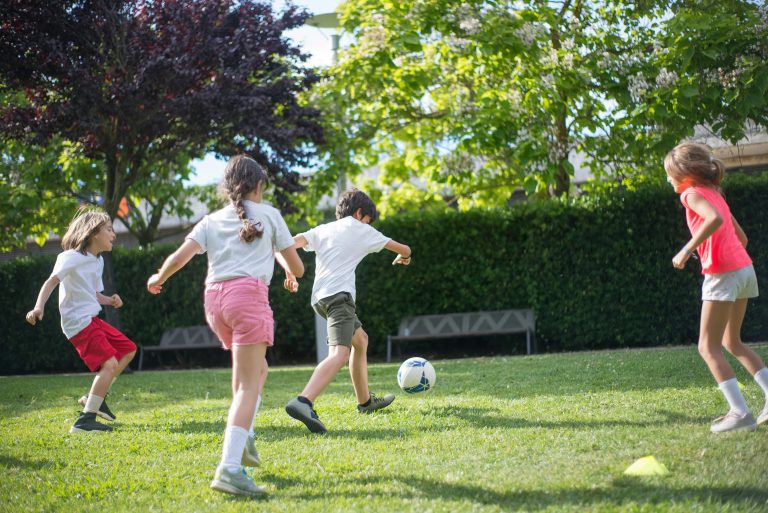Why is my child so angry?
I often hear parents complaining about their children having tantrums and expressing their anger. Many wonder what is the right approach in these situations and if their child is behaving normally.
When is anger, moodiness and aggression unhealthy?
According to research children under 4 years often have several tantrums a week that can last from 5 to 10 minutes. These tantrums are usually a way for these kids to express their frustration over things on which they have no control. For example, parents of toddlers might be familiar with how cranky children can be when they are hungry, tired, overwhelmed or sleepy.
Usually these tantrums subside and become more manageable as the children get older and are an expected challenge in a child’s development. In other circumstances, displays of anger or frustration are flagged by teachers or other professionals that know the child, as concerning and it might be a good idea to understand more about this is happening, especially if the child is hurting himself and others when he gets angry.
What makes a child angry?
Children usually get angry when they cannot get what they want or are asked to do something that they don’t want to do. Though a certain level of resistance from a child is normal, especially in situation where they are tired or hungry, when a child struggles not only with anger and irritability but also exhibits excessive impulsivity, communication issues, aggression or rigidity, it might be due to conditions like ADHD or autism and it is advisable to seek professional support.
Yet there are other factors that can contribute to this challenging behaviour that it is important to note and discuss with a professional if you are concerned about your child being too angry.
Anger as a Reaction
Children’s behaviour is often affected by trauma, family dysfunction and a parenting style which is too harsh and inconsistent. Children who are scared, confused or overwhelmed by what they witness at home might exhibit this angry behaviour with others as an outlet to express the cocktail of mixed emotions they would be harbouring inside.
If a child is being assessed professionally, it is helpful to discuss with the professional assessing the child, if the child has been exposed to a traumatic situation, or has a difficult situation at home. Physical and emotional aggression and violence at home deeply affects a child and it is very helpful to the professional assessing the child to get a complete picture of what is happening at home when making a diagnosis.
Is there a parenting strategy that can help?
There is no magic formula to help a child who is exhibiting frequent tantrums. What parents need to do is reflect about what is triggering the unwanted behaviour in their child, and understand what the child is trying to communicate with this behaviour. The next step is to reflect about, and implement effective ways they can use to support the child from stopping the undesired behaviour. In these circumstances it is also important that we highlight and reinforce the positive behaviours of the child, and tweak our parenting style if we realise that discipline is too harsh or inconsistent. The golden rule in these situations is consistency and communication, not only with the child but also between parents and caregivers so that the child is always treated with love and fairness.
If you think that you can benefit from professional support on this issue you can reach out here.
Sonya Galea is a family therapist with Willingness Team. She works with families and couples experiencing couple relationship issues and parenting struggles.
References
www.nhs.uk (n.a.) Helping your child with anger issues. Retrieved from: Helping your child with anger issues – NHS (www.nhs.uk)
Silver, N. (2019) Help! Why is my toddler angry and What can I do to help them? Retrieved from: Why Is My Toddler Angry? Signs, What to Do, Prevention Tips & More (healthline.com)
Yale Medicine (2019) Anger, aggression and irritability in kids. Retrieved from: https://www.yalemedicine.org/conditions/anger-issues-in-children-and-teens







